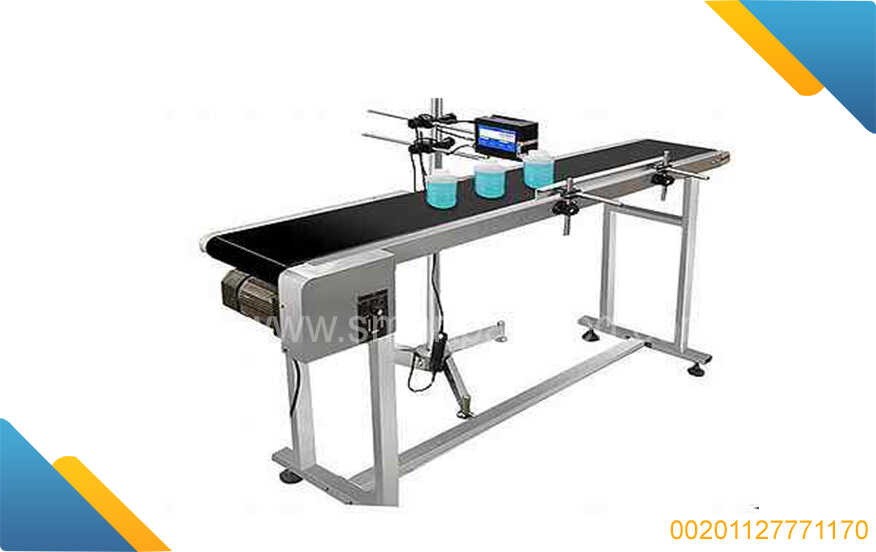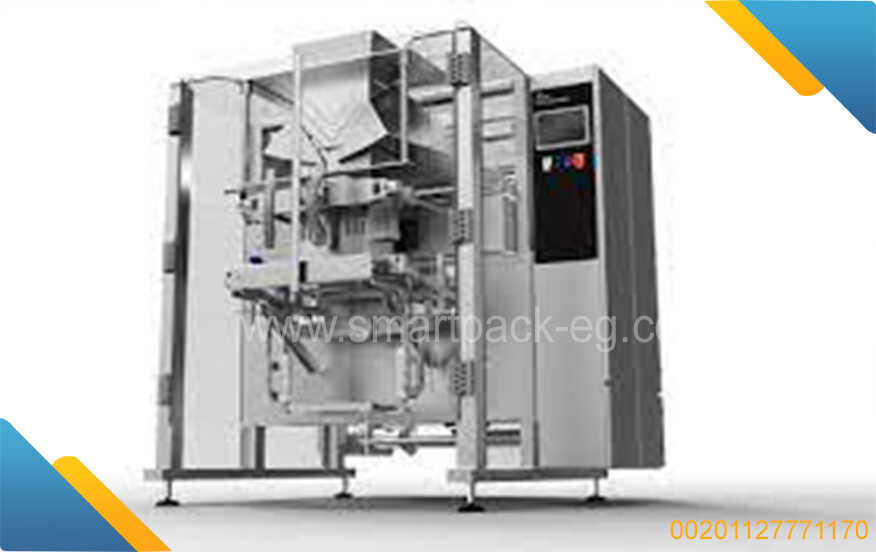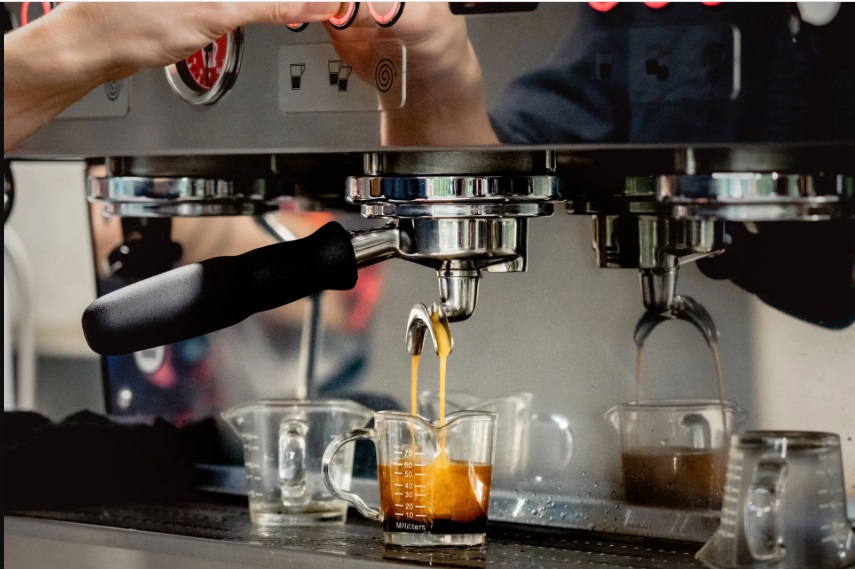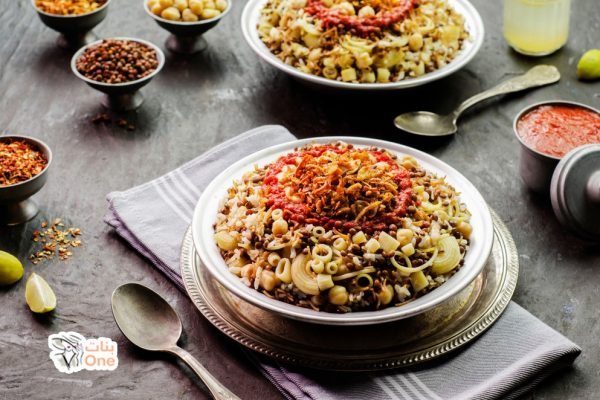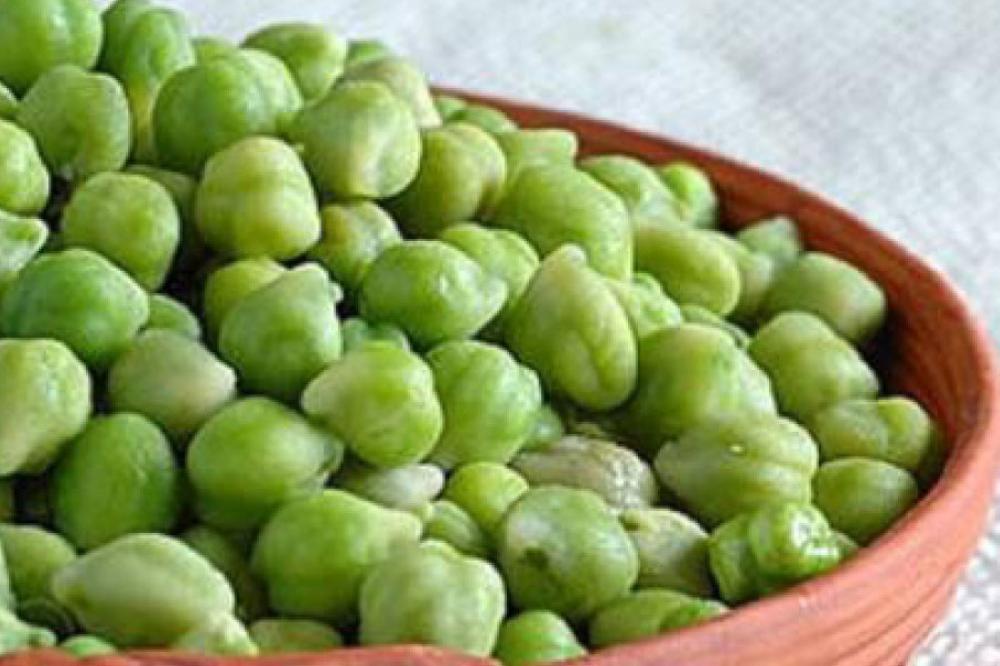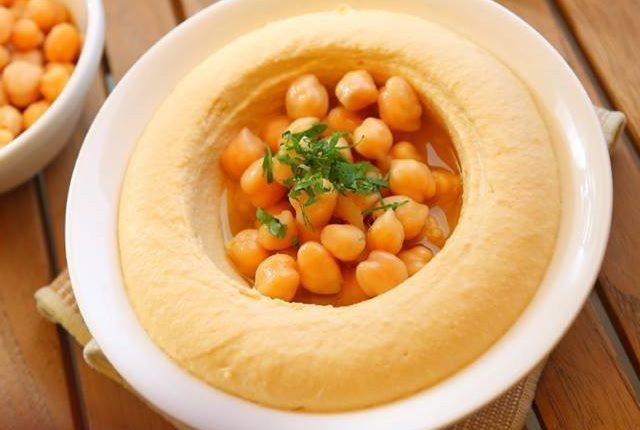Title: A Comprehensive Guide to Olive Oil Packaging Machines and Stages of Production
Introduction:
Olive oil packaging machines play a critical role in ensuring the efficient and hygienic packaging of this liquid gold. In this guide, we will walk you through the stages of production and the various machines used along the production line. By understanding the different equipment and processes involved, you can optimize your olive oil packaging for quality, consistency, and productivity.
-
Stage 1: Oil Extraction
The first stage in olive oil production is the extraction of oil from olives. There are two primary methods employed:a. Traditional Method:
- Manual harvesting: Olives are handpicked to minimize damage.
- Washing: The harvested olives are thoroughly washed to remove any dirt or debris.
- Grinding: The olives are crushed or ground into a paste using stone or metal blades.
- Pressing: The olive paste is placed in mats or presses to extract the oil through hydraulic pressure.
b. Modern Method:
- Mechanical harvesting: Olives are harvested by shaking trees or using machines.
- Washing: Similar to the traditional method, olives are washed to remove impurities.
- Crushing: Crushing machines (hammer mills, blade crushers) break down the olives into a paste.
- Malaxing: The olive paste is mixed for a specific period to enhance oil extraction efficiency.
- Centrifugation: A centrifuge separates the oil from other components, such as water and solids.
-
Stage 2: Filtration and Refining
After extraction, the olive oil undergoes filtration and, sometimes, refining processes. The aim is to improve its clarity, flavor, and shelf life.a. Filtration:
- Filtration equipment (cartridge filters, plate filters) removes impurities and solid particles from the oil.
- The level of filtration can vary, from coarse to fine, depending on desired product characteristics.
b. Refining:
- In some cases, olive oil may undergo refining to remove any residual impurities or undesirable flavors.
- Refining involves processes such as degumming, neutralization, bleaching, and deodorization, ensuring a final product with higher purity and consistency.
-
Stage 3: Olive Oil Packaging Machines
Once the olive oil is ready for packaging, various machines are used to streamline the process:a. Filling Machines:
- Gravity fillers: Suitable for low viscosity oils, these machines fill bottles by gravity flow.
- Piston fillers: Ideal for high-viscosity oils, these machines use pistons to accurately measure and fill bottles.
b. Capping Machines:
- Automatic capping machines secure the caps or lids on the filled bottles, ensuring proper sealing.
c. Labeling Machines:
- Labeling machines accurately apply labels to the bottle, ensuring product information and branding are visible.
d. Packaging Machines:
- Shrink wrapping machines or carton erectors are used to pack bottles into boxes or cases, ready for shipment.
Conclusion:
Olive oil packaging machines are designed to enhance efficiency and maintain product quality throughout the production line. By following the stages of production, from oil extraction to refining and packaging, you can ensure the consistent quality and appeal of your olive oil products. Understanding the different machines involved will help you make informed choices when it comes to optimizing your production line for efficiency and productivity.


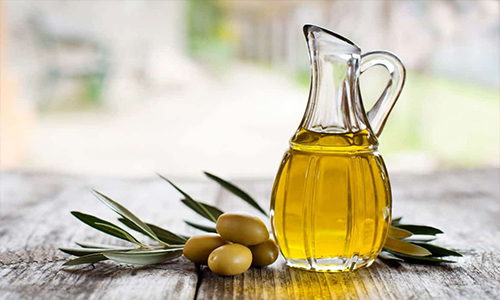
 Admin
Admin 